-
Posts
134 -
Joined
-
Last visited
-
Days Won
3
Content Type
Forums
Detector Prospector Home
Detector Database
Downloads
Posts posted by Zincoln
-
-
Well, decided to hit the park where I've pulled around 20 IHC, wheats, buff an barbers this past 2 weeks. Decided it was time for a bigger 11" coil on the Deus to see what I've been missing.
Best finds that I'd missed before were 2 buffs at an honest 7-8 inches. The deepest was absolutely standing on edge and had a nail 3 inches away. Was pretty impressed to hit that coin. (27, 29s)
Pulled another 6 early wheats. Nothing deeper than 6", but all very scratchy signals (could have been pull tabs, a bent nail, or deep foil). No wonder they've remained all these years. Too bad the 1914 is missing a D! (13s, 14, 19s, 20, 28s, 37s)
-
That's a beauty. Appears to have some age too. Hard to imagine it surviving in tact!
-
6.4g's is a nice chunky ring for being that small. Had to make you smile!
-
6 hours ago, GB_Amateur said:
Interesting that you bring that up, Brian. I did a rather extensive study (find it here) a year ago on Indian Head and 95% copper Lincoln Cents and their variation in VDI with time (even with a short part on what being in the ground for a long time does to VDI). I also reported on what I think is the best available info on composition variation (which as you note is incomplete). It would be nice to be able to do X-Ray Fluorescence Spectrometry (XRFS) on cents but even the lowest cost versions of those are way outside my budget and it might take a much more expensive version to really sort out tin content.
My claim that tin content, even small changes, can affect the corrosiveness is somewhat backed up by mint records but more extensive investigation (e.g. with the above mentioned XRFS) would be much better.
I read your report, and all i can say is WOW! I'm an engineer and i too like detail, but you were on a mission!
Very interesting, and I have to say I have no reason to disagree with any of your conclusions. Quite a few head scratchers that might be answered with enough access to mint records, but I digress. I too am left to conclude that your tin/zinc mix hypothesis likely answers the question of why earlier coins held up better....though i must say many of my late 30's and early 40's dates don't hold up as well as those prior to say 36. Not sure why as the comp wasn't changed until the war (if i recall your data correctly).
I think you are likely spot on with early wheats potentially using IHC planchets. They certainly had placed large orders, and when they didn't produce many IHC's in SF, they almost certainly used those planchets for the Lincoln cents. As early mintage was low for 1908s and 1909s IHCs, and for 1909s, 1910s, 1911s, etc wheats, it's easy to see how this may have occurred.
Now, if only my chemistry and materials science courses could tell me how that tin/zinc indeterminant mix yielded a hardier coin when exposed to certain environmental factors...and those at least here on the west coast that get a very nice deep green verdigris in our wetter climates. Our desert areas aren't that wet, and they don't react the same. And after the early 30's, they also seem to react the same...more deterioration than green verdigris.
All I know from observing our current Zincolns is that it must not be the zinc that is the helpful element😆
Oh, the unanswered questions!
Zincoln
-
3 hours ago, CPT_GhostLight said:
Thanks for the info, Zincoln. I have been wondering if the Hotel was owned by the Railroad, specially because the AT&SF tracks were laid in 1858 and the SF Hotel was likely built soon after, so it would have been standing during the building of the AT&SF Depot across the street.
Here is an example off the web with both pieces in tact.
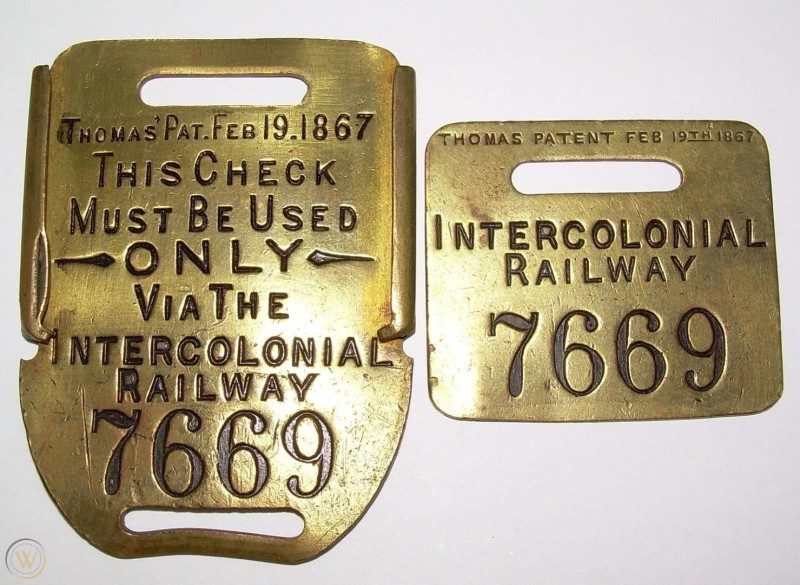
Would be willing to bet your hotel WAS attached to the RR.
Brian
-
That bag tag is really neat. Found one like it from the Central Pacific RR from the early 1870s.
They were two piece. The piece you show slips into another brass piece with flanges on the sides and bottom. They share matching numbers. One stayed on the bag, the other with the owner. When the porter returned your bag, the two needed to match.
Would be interesting to know whether they were issued by this hotel for exactly the same purpose within the hotel, or if it was early advertising where this went with the bags on the train and instead of a Sante Fe RR tag, you just used the Hotel tag you had. My guess is the latter. Most you see have a RR name on them.
HH,
Brian -
5 hours ago, GB_Amateur said:
Hasn't the 1909-S Lincoln alone antagonized me enough for one day?? 😉 Very pretty key/semi-key IHC. I wish even one of my IHC's (all common date finds so far 😞) looked that nice. But, yes, the IHC's and some early Lincolns, probably because of their tin content, tend to hold up better in the ground than the later Wheaties and 95% copper Memorials.
You know GB, they don't seem to publish much that shows the content differences between early and later wheats. It's quite evident however. Seems somewhere mid 30's they changed the recipe slightly, as the older dates hold up so much better. And then, the late war years hold up terribly....used brass from WW2 was a large part of the content from my understanding. Obviously not from the battlefield, but likely from training activities.
Sorry to antagonize! I'll pull back on the throttle😄
Brian
-
8 minutes ago, GB_Amateur said:
"Like" should be replaced with "be green with envy". 😁 Finding a 1909-S Lincoln would have my heart go into arythmia. The condition of the 1908-S dime is way up there, so although it's around median mintage for San Francisco Barber dimes it does have modest (double digit) numismatic value, IMO. Even the 1907-S is in well above average condition.
Your soil appears to be similar to mine, maybe a bit worse, as the Buffie shows. All this makes me want to get out there today....
I'm glad it makes you want to get out. That's why I participate in the forums....to get inspired, and hopefully to inspire!
Soil here is pretty hard on nickels. IHP and old wheat pennies usually green up nicely, unless they are near fertilizer or some of the harsher mineralization. Silver almost always comes out blinding white. Agree on the 1908s Barber....probably a VF+ detail coin. If only the 1909s penny was nearly as pretty.
For example, and 08s IHP I found about 3 years ago. Notice the nice bronze still showing on the lower right reverse. Was very careful with this one during cleanup.
HH GB,
Brian -
Decent hunt today at the same place from my last post. Again, using the Deus and 9" coil with an altered Hot program.
Didn't know til I got home that I had a key date wheat - 1909s - too bad it wasn't the elusive VDB. That's 2 - 09s's for me now.
Barbers are 07s, and 08s. Roached Buff is a 20s, and the little pendant is from the local high school circa 1920.
-
11 hours ago, GotAU? said:
Brecciated Jasper? Formed around other fragmented materials and cemented them. That’s pretty cool!
Glad you agree I may have been correct on the stone type. As for the mineral, looks pretty neat in situ like it is. Guessing it may simply be pyrite given the cubic form.
-
20 hours ago, OregonGregg said:
Glad to see you getting out and finding stuff....i'm envious. Over here on the Eastern side of the state, still fighting winter. Seems to be taking longer for Spring to get here this year than past years.
This morning it's mid 20s over here Gregg. Turn on that heater over east so you and I can go turn over some sod!
-
7 minutes ago, GB_Amateur said:
If that Lincoln on the right is a 1912-S (I can't quite make out the mintmark), I'm envious! Even a 12-D is a ~10 million mintage coin. What's the date+mm on the Buffie?
Looks like your perseverance (in the tough weather) paid off from an enjoyment/satisfaction standpoint, at least. And your dog seems to downright enjoy the snowy ground. 😁
Yes, GB, the 12s and 13s were good years. Founds several of each here on the left coast. Buff is a 16s, and a shame it's roached. Founds a 13s type 2 several years ago in about the same shape. Tons of details when lost, but not so pretty now.
-
Thx El. Dab of husky a few gens back....and man does she love the snow. Miss seeing you down for the NV hunts. I've been AWOL the last few.
Brian -
Have been trying to get out between some seasonably abnormal snow events in western Oregon the last 10 days.
First, hit the beaches of the Columbia River not too far out of downtown Portland. Jewelry hunting was largely a bust, but I wanted to check all the black sand piled up from wave action, and satisfied my curiosity. 3 pans, 2 colors, and a dime in one pan not shown (How on earth in the millions of yards of sand up and down that 5 mile stretch did I pull a dime in a pan when i only found about 50 coins all day with the detector). Not enough to bother with....but there is gold underfoot!
Next, hit an old park that has been incredibly stingy to me. I find plenty of good old stuff in our area, but this park has been well hunted and rarely gives up old coins. I used the Deus Hot program, and swapped in the Deep program checking targets, and found several whispers at 7-8 inches that have been waiting there a long time...and that countless detectors have passed over.
Hit is twice more with modified programs that should have given me some additional depth and/or sensitivity to deep targets...and nuttin' in terms of old coins. One lonely vintage silver earing to show which was only 2-3 inches down. Bouncy signal probably resulted in it being undug.
My buddy in our uncommon snow, taking the high ground to peer through the windows, and make sure she isn't left behind.
Nothing that get's one too excited, but keeps me motivated to get out and dig a hole!
Happy hunting!
Brian
-
It looks like it could be Jasper? Interestingly, it has well formed crystalline structures which are very bright silver, are magnetic, and don't seem to oxidize. They are single crystal structures dispersed throughout the stone. As a reference, the whole stone is about 1.5" long. I actually found it metal detecting in a wood chip playground and it range up positive.
I know it isn't valuable, just a curiosity.
Thx,
Brian -
Glad it's not just me😂
-
Great story. A fun read, and a nugget in the end for all of us, no doubt.
Happy birthday. Waiting on that storm up north tonight!
Zincoln
-
George,
Please tell me that was something from the gag gift store, and not a southern delicacy. I know as I thought about it, I gagged a bit...and am pretty sure I threw up a little in my mouth.
Kidding aside, I know possum and coon were on the menu in some zip codes, but I would have to be pretty dire straights to eat that.
In the northwest, we like shad cooked on a cedar shingle in the BBQ. Season it up real nice, throw away the shad, and enjoy the shingle!
Zincoln
-
I think it may be part of a Sickle bar for an older style tractor. Had one growing up. Looks quite similar. Cutting edge would be mounted in the slot of the pictured device, and the round end likely mounted into a bar of some sort...similar to below. Likely much older than the type show in the 50s/60s style tactor below....maybe even horse drawn.

-
Stumbled across this in an article about the big dig under Amsterdam. Provided a link to all the artifacts they are uncovering. Might be of use to help ID items you've found but aren't quite sure about...or give you an idea of age. I also found it curious to see the evolution of how items in Europe made their way to the Americas, sometimes with a lag. Gaming tokens from the 1700s - who knew?
Wish it had a better search function than the timeline....get a large coffee, as it's a very long list of pics. Lot's of hammered bronze, silver and a few gold items. Tons of artifacts.
https://belowthesurface.amsterdam/en/vondsten
-
Thank you GB. Also appreciate your perspective, and am aligned in thought. What makes a pro, and why is that any better than you or me when done with research, care, appropriate solvents, etc. Might be nice to have an ultrasonic cleaner like the jewelers use...
-
Thank you for your perspective Andrew. Probably more effective for me to consult with several local dealers to see if they will offer the service vs. private limitations of using NCG w/o making it an investment.
-
So, following on with Fogrider, Schoolofhardnox, and Abenson's responses to cleaning coins in the field, what is the threshold for sending a coin in for slabbing that makes financial sense? I appreciate a beautiful and rarer coin as much as the next person....but with the way grading is done, it may not make sense unless rare or in spectacular shape. Most of these don't get the oxidization scab like desert coins, but will the tiny scratches from being in the ground (vs a pocket) result in a damage grade. Is the threshold $100, $150....or will your grandkid get more some day selling 'as is' rather than a grade of damaged. You can always crack a slab and disregard a grade, but then you are out the fees. This is not to suggest the goal of cheating anyone...but the value of the coin is somewhat subjective based upon the collector and how they feel. First 2 were taken to a coin shop, and they didn't suggest they knew they were dug until I told them.
Attached are 4 coins that I've considered slabbing as they could range from $150-$300 if they were graded as undamaged. These are the best dates and or quality specimens I've dug. The gold coin obviously is higher on pure gold content. I've also found nice dates like a 1908s IHP and a 1909s wheat, but even with great details, the damage from verdigris is too great to bother with. Have a really sharp 1919s Merc, that is borderline UNC, but even then the value isn't high enough IMO to slab. They make nice binder coins...
I've considered having the gold coin conserved to have them remove the minor rust scale from the nail it was in the hole with.
Only 1 coin has had anything more than water and a Qtip done to it.
-
Josh - I've spent my time on models that followed after the Sprectrum, but believe it essence it's a V3i light. I've used the V3i very successfully next to many modern detectors. I also have the Deus. I think they each have areas they excel and best the other.
If you have the manual, got through it thoroughly. I'm sure it can be found online if you don't have it.
Bury a coin in your yard in an clean area (take a dime at 6 inches and if you can find that with confidence, you are on your way), and test your various programs. Again, not certain on Spectrum settings, but you may be able to adjust settings to account for swing speed and coil size. You will note that the different programs will likely result in some missing the target and other finding it. Adjust your swing speed to see how that factors in. If you swing speed is too fast for the filters in the program, you can go right over a good target without knowing it. Same can be true for too slow. An IDX can go super slow on the wing and respond well, but I'd have to make many adjustments to get my V3i to respond similarly. Wish i had more knowledge of your specific unit, but a some simple tests will build your confidence.
If you are using a small coil (<=6"), you won't get very deep. In my Oregon soil, 4" tops. You may do better in sweet midwest soil. Too big of a coil on mineralized ground, and your depth will hit a floor where the soil mineralization overcomes the response. In my soil, it doesn't matter how big of a coil or what detector i use...10" is about the limit on a quarter sized target....and a bit less for a penny.
Best of luck!


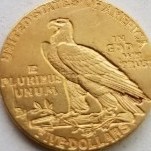
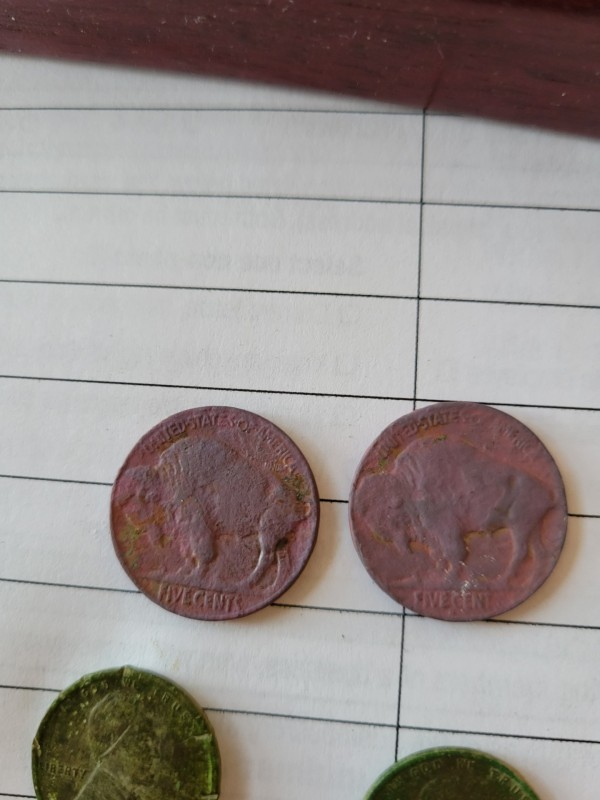
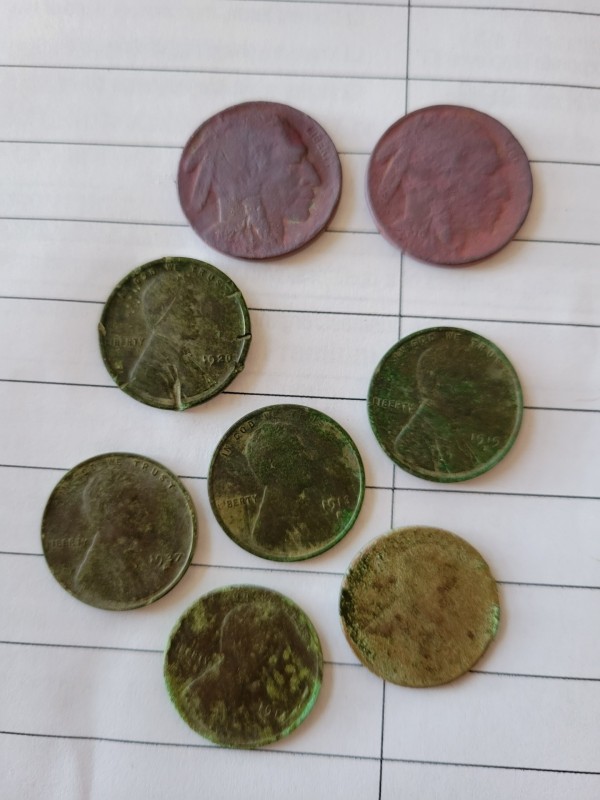
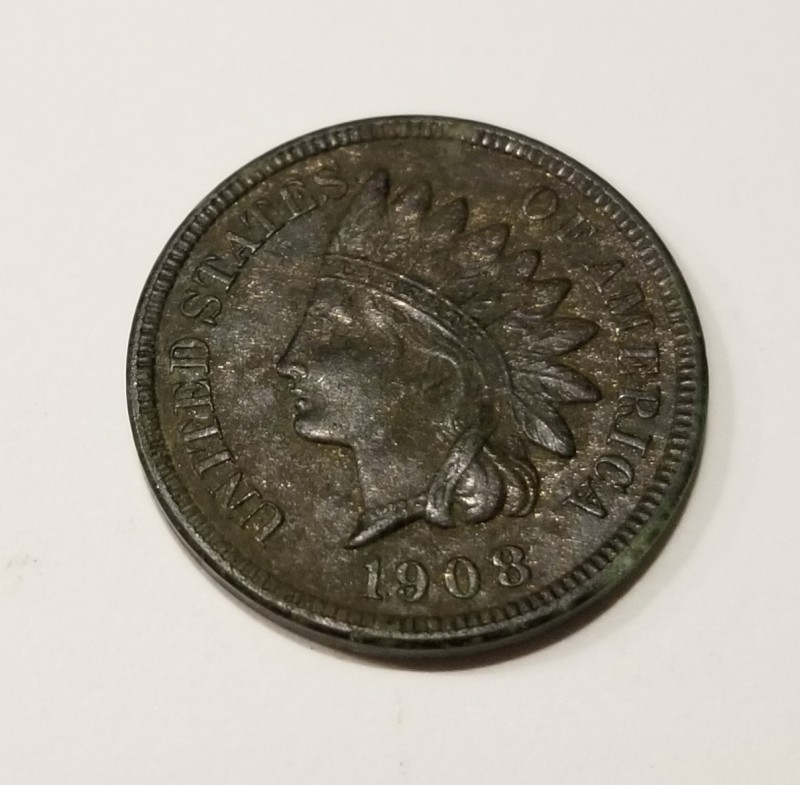
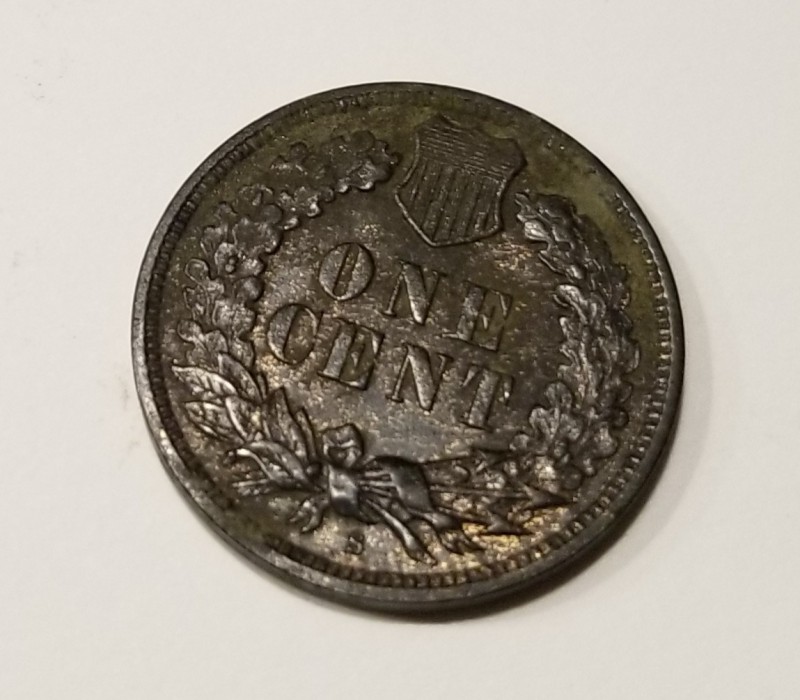
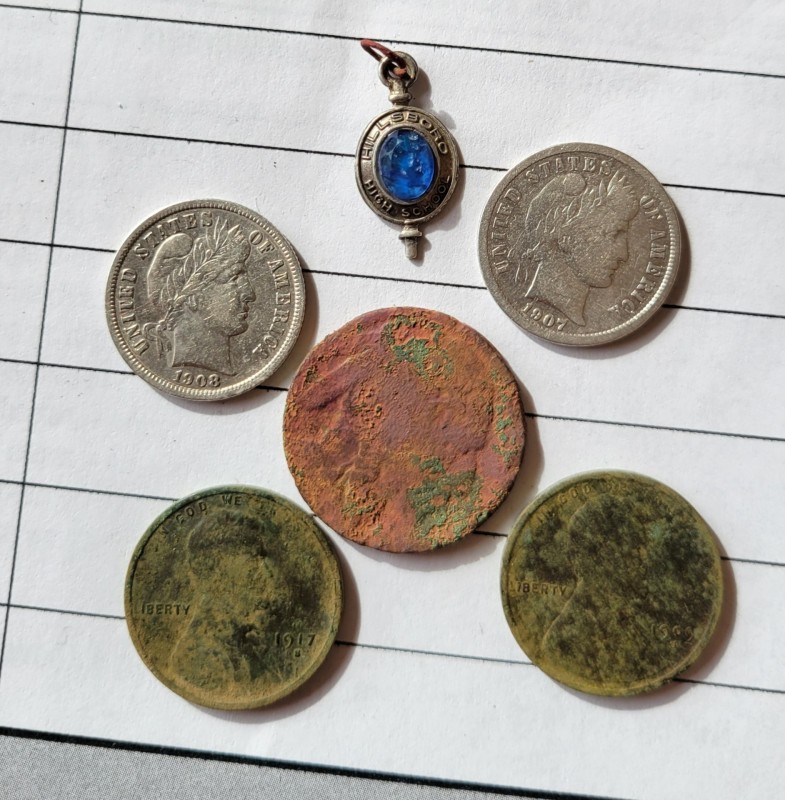
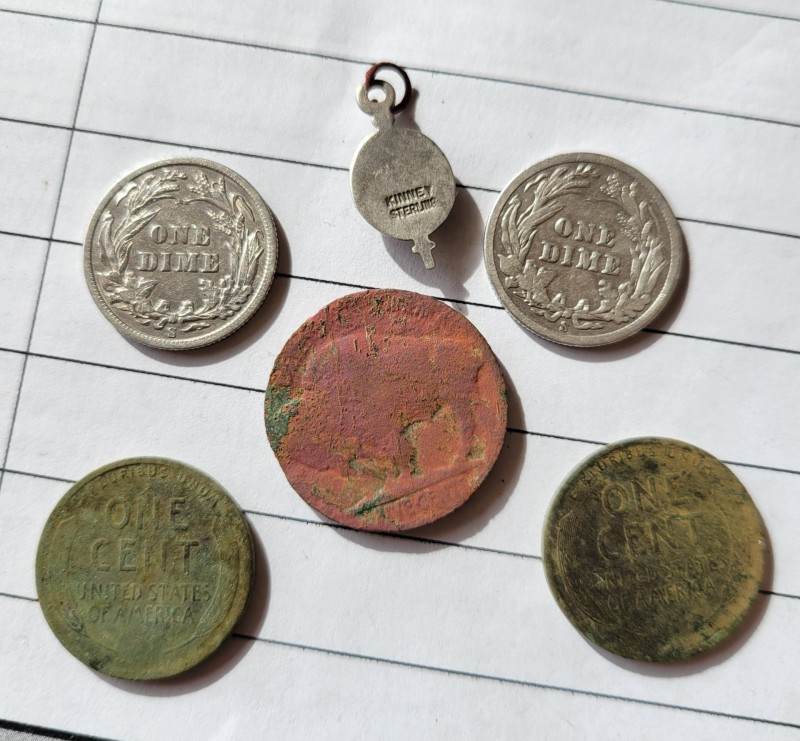
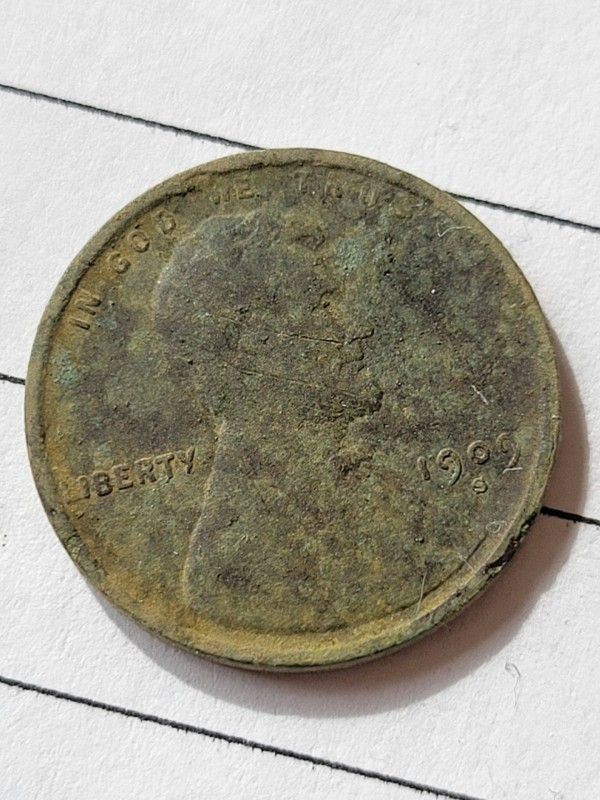
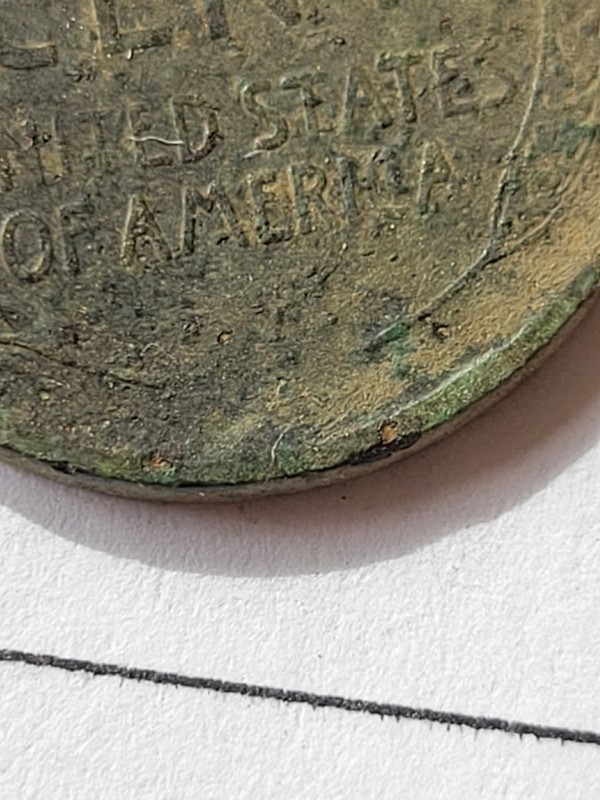
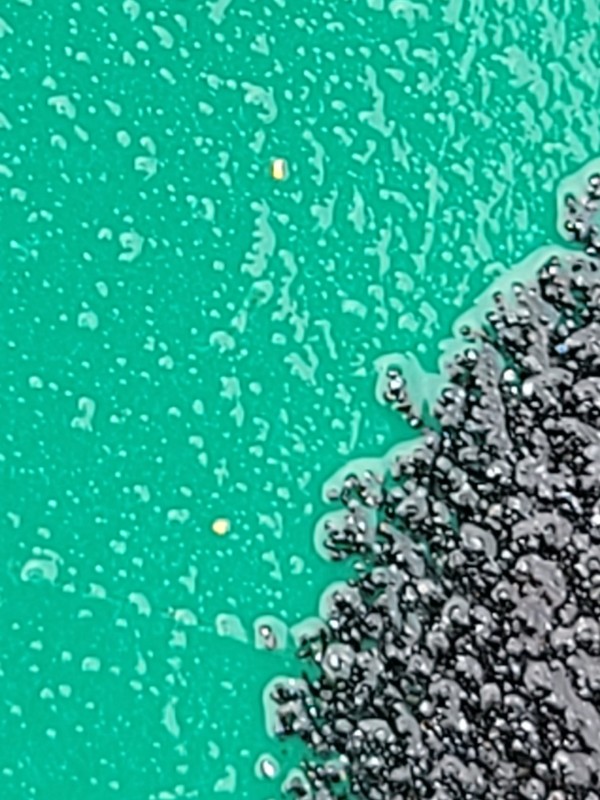
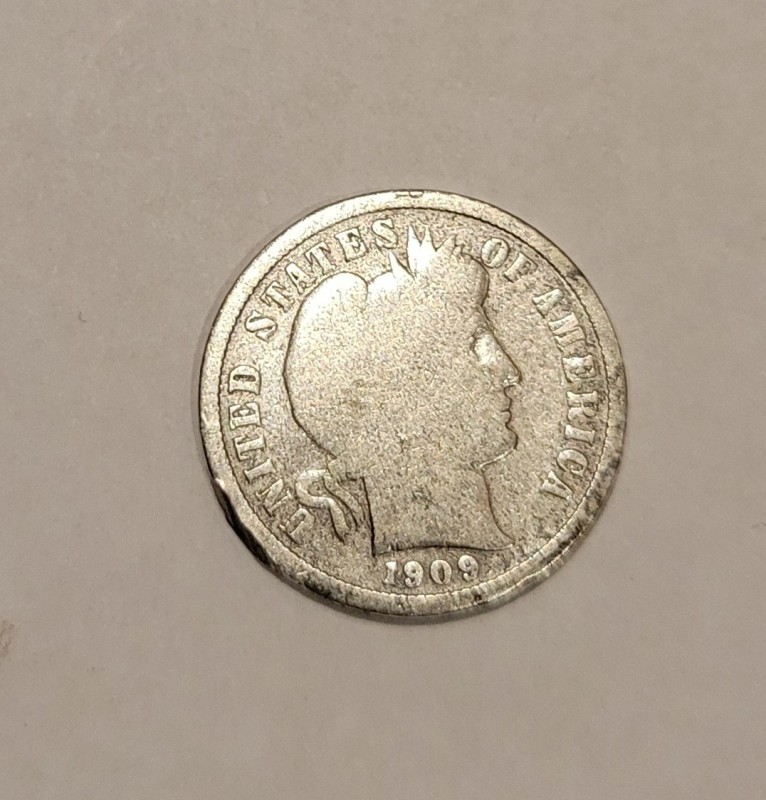
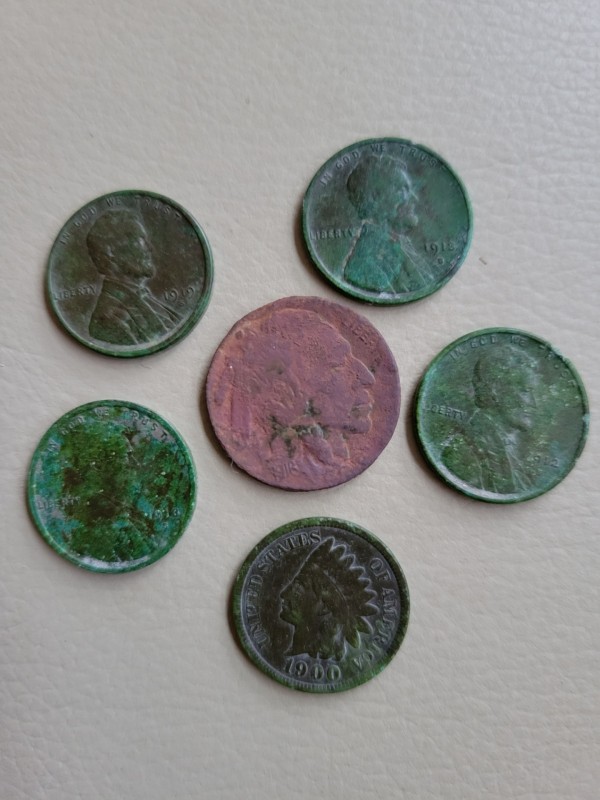
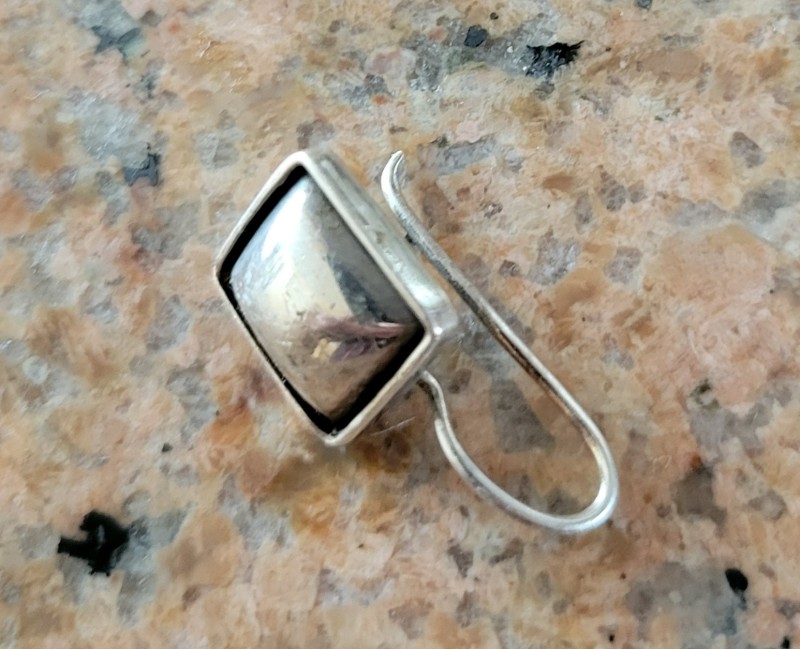
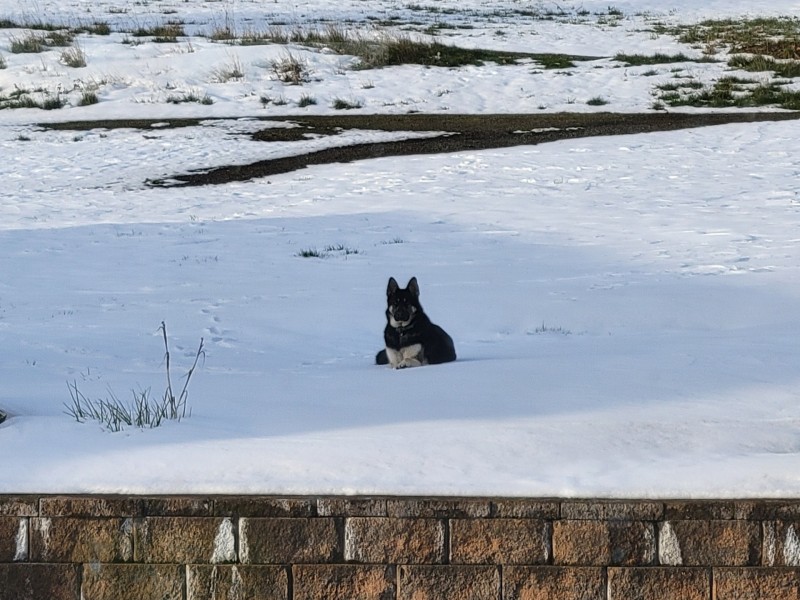
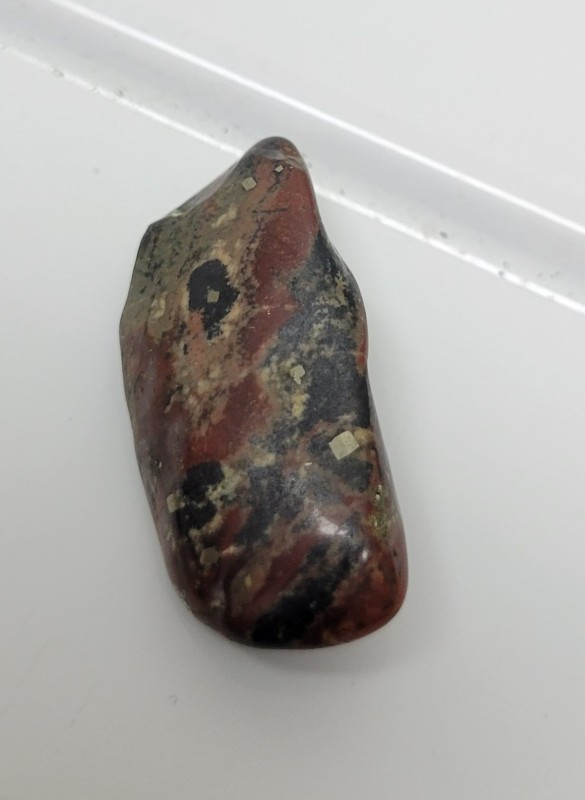
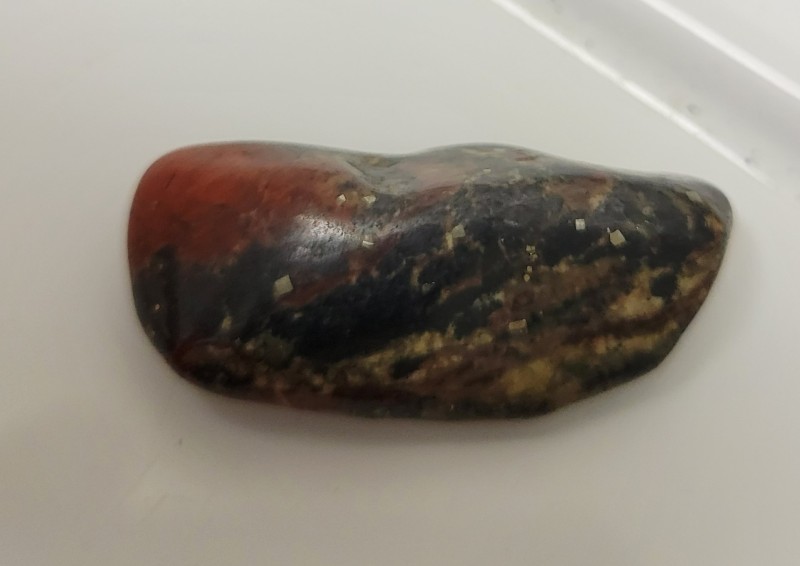
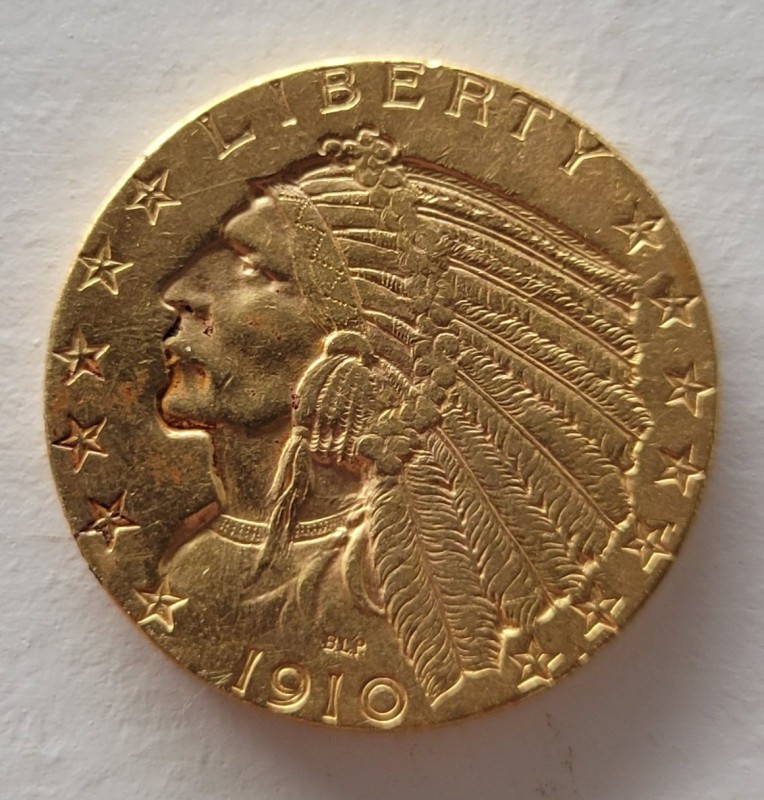
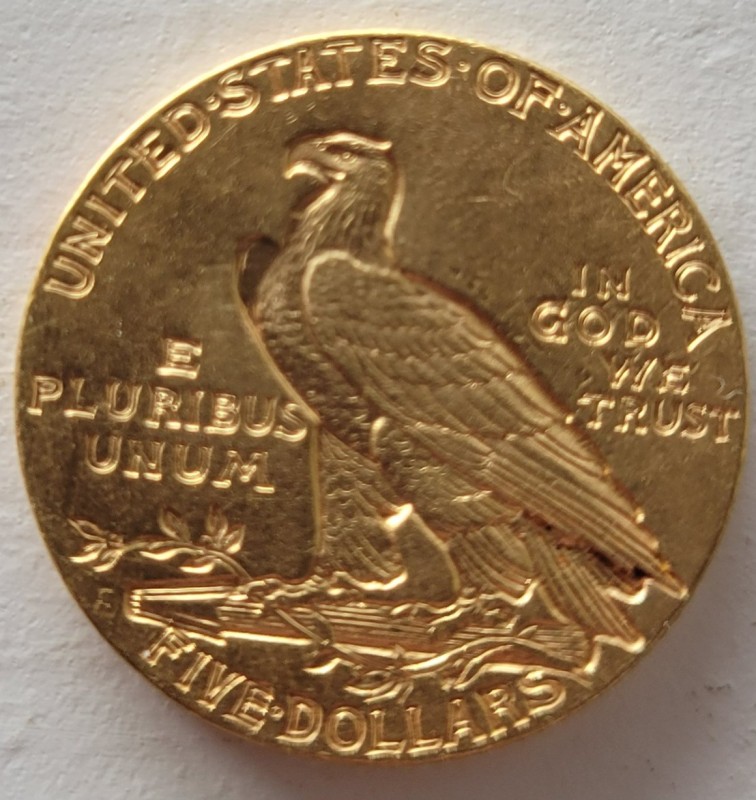
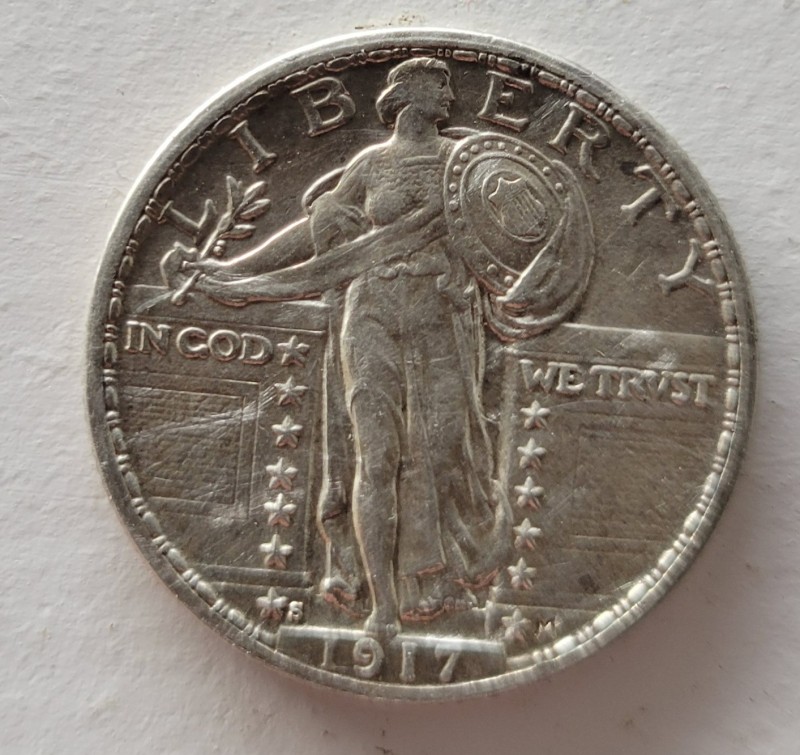
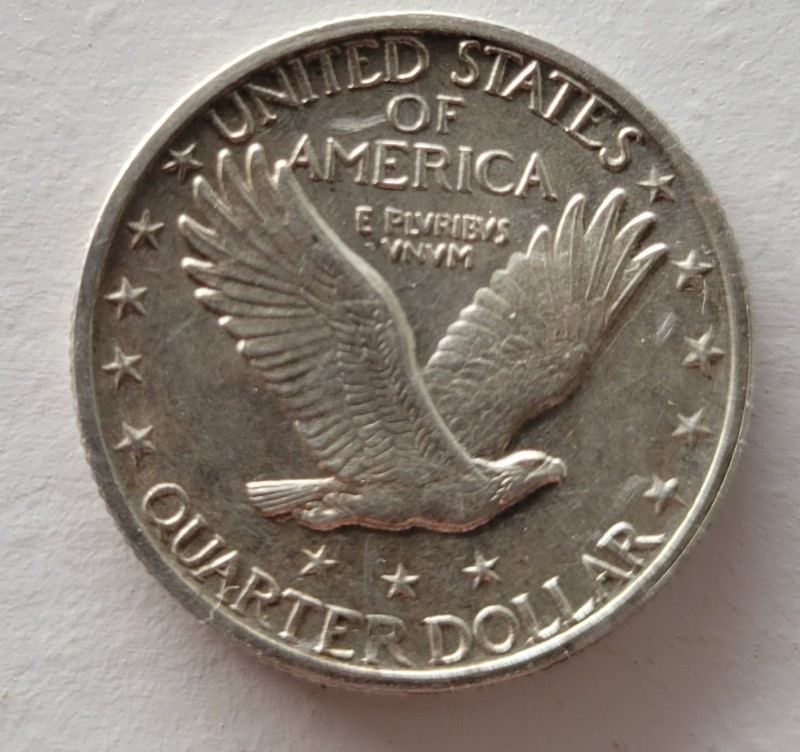
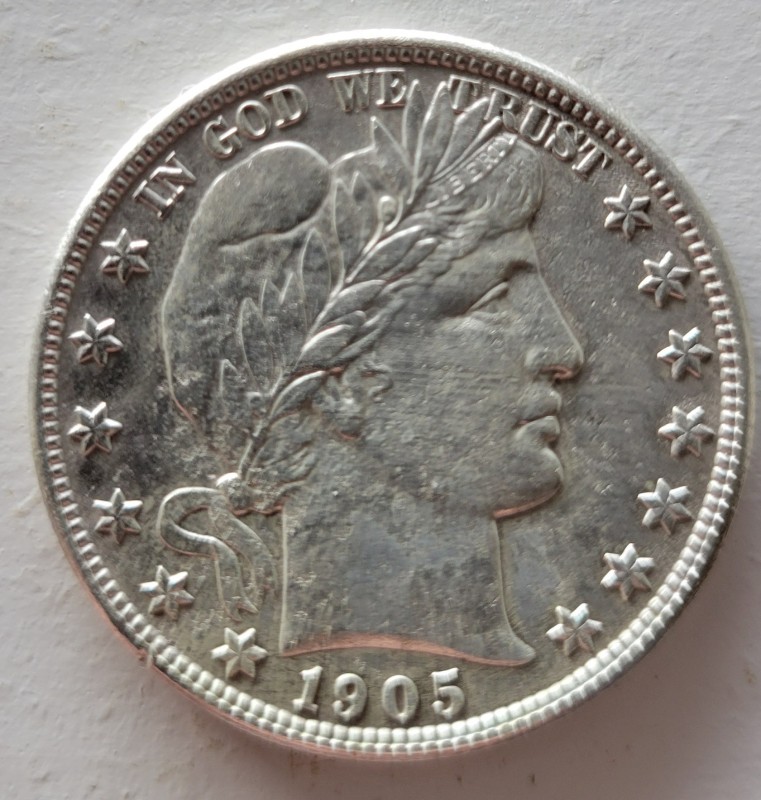
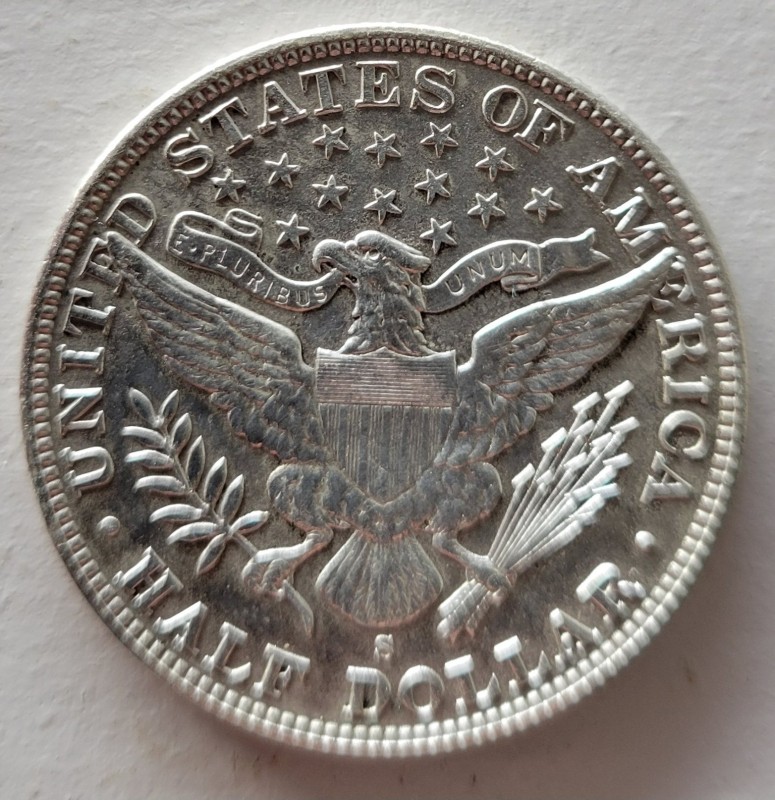
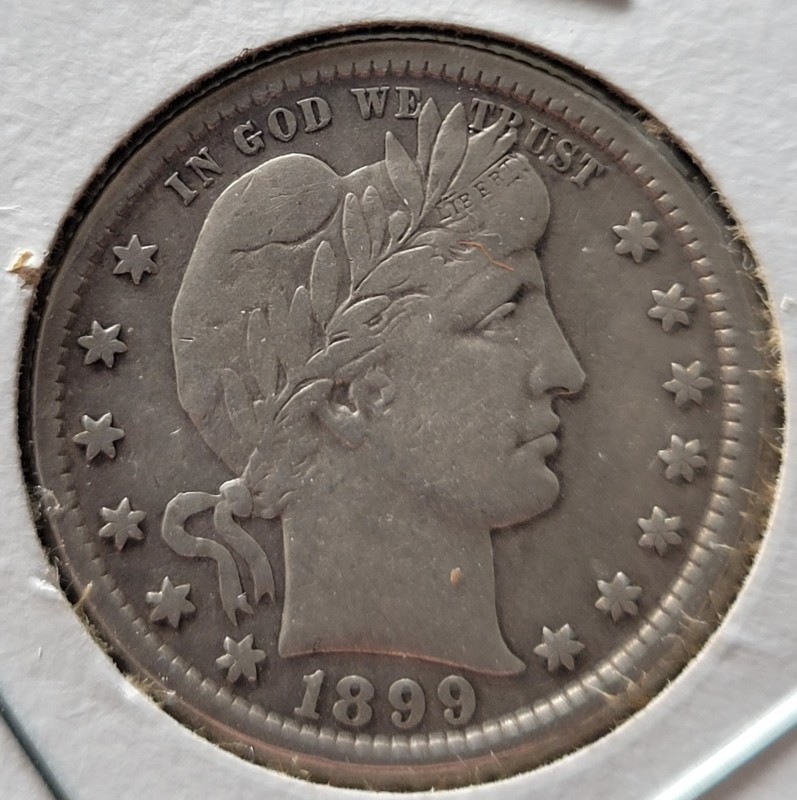
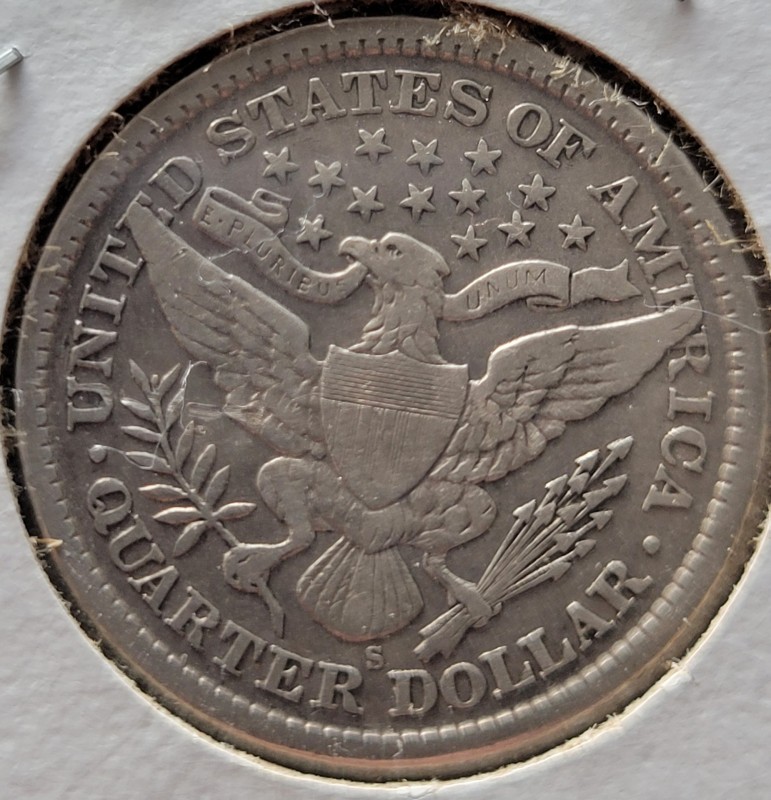
S Mint Bonanza V2 (with Some Phillies Thrown In)
in Metal Detecting For Coins & Relics
Posted
Yes GB, I've been fortunate to find a number of 1910s, 12s and 13s pennies in rather nice condition (all be it fully green), just missing 11s and 15s in the series starting with 09s. They do hold up rather well.
Wish i found as many silver barber coins to match. Afraid they are harder to come by.
I find a few Phili mint coins here from that early part of the 1900's. But I have never found a New Orleans mint and on very few D mint coins before 1935. Seems nearly all of Oregon's supply was simply coming north on the train from the the SF mint for the later part of the 1800's up through the mid 1930s.
I notice that when people find 14D wheats, they are commonly found in midwestern states - which is logical.